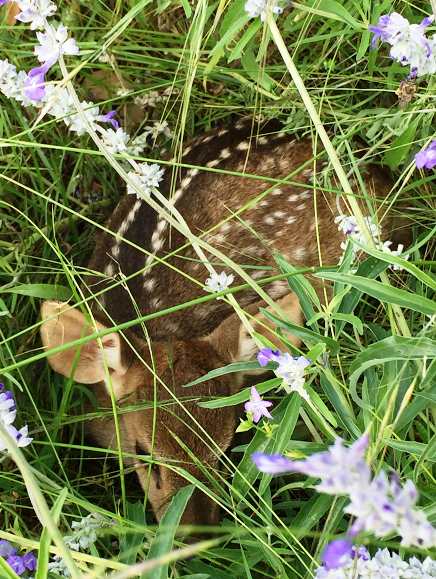
814), who dreamt that he was chased by a furious wild boar through a forest. The legend involves Emperor Charlemagne (d.

It is not just pagan gods and personified sins who chose to ride on boars: a legend surrounding the the Cathedral in Nevers (France) associates Saint Cyricus with riding on a boar. How a saint saved Charlemagne from a boar Given the boar’s reputation of ferociously attacking its pursuers rather than fleeing, the boar seems a suitable companion to the sin of Wrath.

Wrath riding a boar in Norwich Cathedral ( source) Here, Wrath (with wild flowing hair, drawing a sword) is depicted as riding on a boar: These riding sins were also a common feature in churches, including the early 15th-century misericords of Norwich Cathedral. Luxuria and Ira riding their animal steeds in Lilienfeld, Stift Archiv, HS 151 ( source) the famous Budapest manuscript of the Concordantiae caritatis on the cover of Richard Newhauser’s book on the Seven Deadly Sins reveals that the steed of Ira is supposed to be a boar. The 14th-century Concordantiae caritatis by Ulrich von Lilienfeld features Luxuria (Lust) riding a stag, wile Ira (Wrath) rides on a boar: In one variation of this theme, the seven deadly sins ride on various animals. The seven deadly sins (pride, greed, lust, envy, gluttony, wrath and sloth) are a well-known motif in medieval art. While boars thus make suitable steeds for personifications of Lust, it is Anger who rides the boar in other medieval artistic traditions. Since boars were associated with lust in the Middle Ages (see: Pigs and Bagpipes: Geoffrey Chaucer’s Miller in Context), the link with Venus (who, here, represent the sin of lust) was easy to make. Here, Venus, personifying Lust, is seated on a boar, while she holds a mask in her left hand and pierces a pilgrim’s eyes with her dart (showcasing the deceitful nature of Lust). Venus riding a boar in Le pèlerinage de la vie humaine by Guillaume de Deguileville ( source)

A case in point is found in the allegorical poem Le pèlerinage de la vie humaine by Guillaume de Deguileville (1295-1358): The divine boar steeds of the Germanic gods were gradually imposed onto the classical pantheon in the later Middle Ages - Venus, Freyja’s Roman counterpart, for instance was often depicted riding on a boar. Richard North)įreyja, the goddess of love, is also associated with a riding boar: Hildisvini ‘battle-swine’, whom she rides in the Old Norse poem Hyndluljóð. Ríðr á bǫrg til borgar bǫðfróðr sonar Óðinsįreyr ok folkum stýrir fyrstr enum golli byrsta. In some stories, Gullinbursti draws Freyr’s flying chariot, but in the late tenth-century poem Húsdrápa, partially preserved in Snorri Sturluson’s Prose Edda, Freyr is said to ride on his boar: Freyr, god of virility, was the owner of the divine boar Gullinbursti (‘Golden Bristles’) whose golden bristles shone brightly as the pair traversed the sky. Freyr and Freyja and their pet-boars (source: WikiCommons)īoars played on important role in Germanic mythology and were associated, in particular, with the Norse gods Freyr and Freyja.


 0 kommentar(er)
0 kommentar(er)
